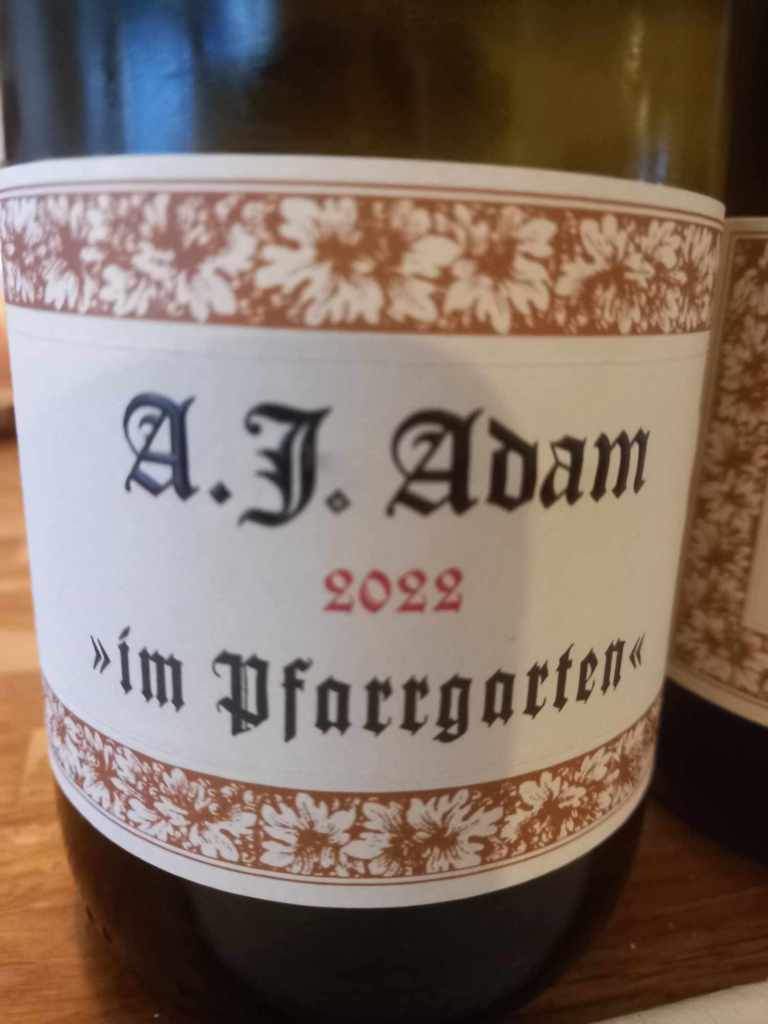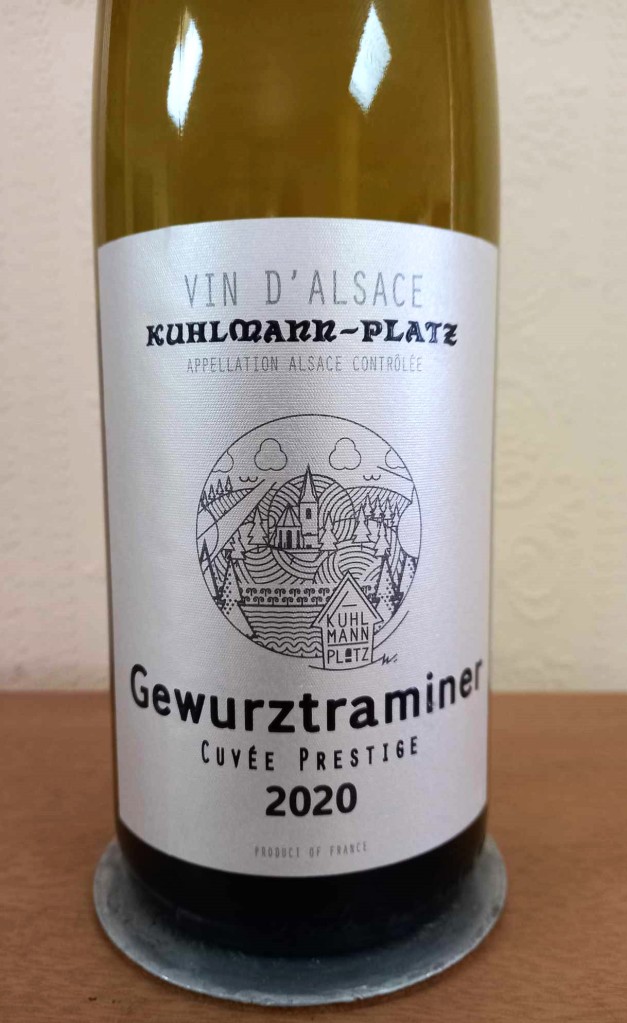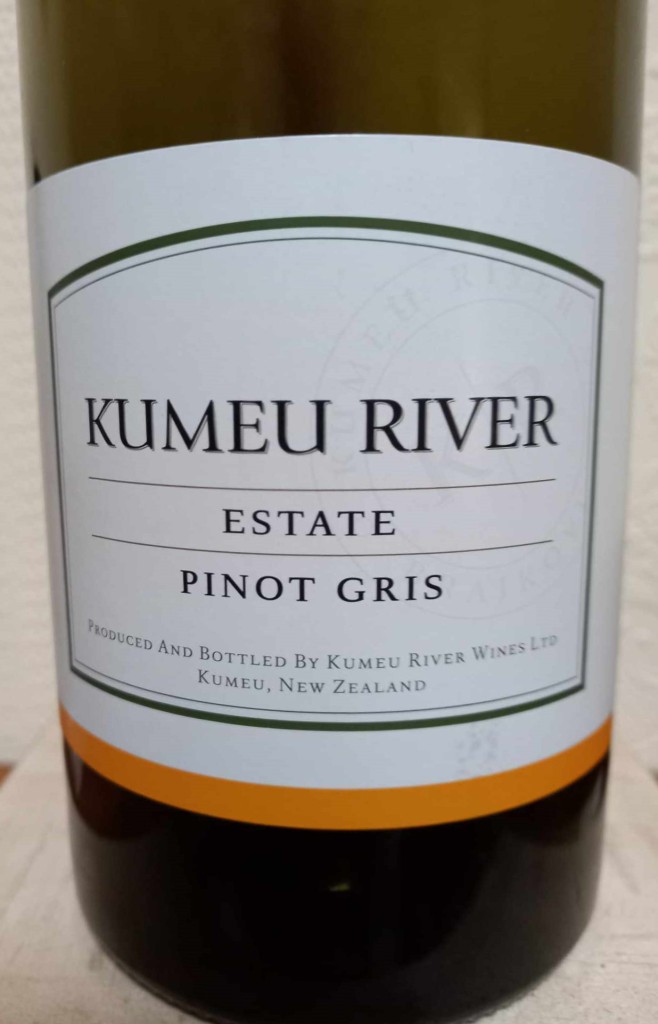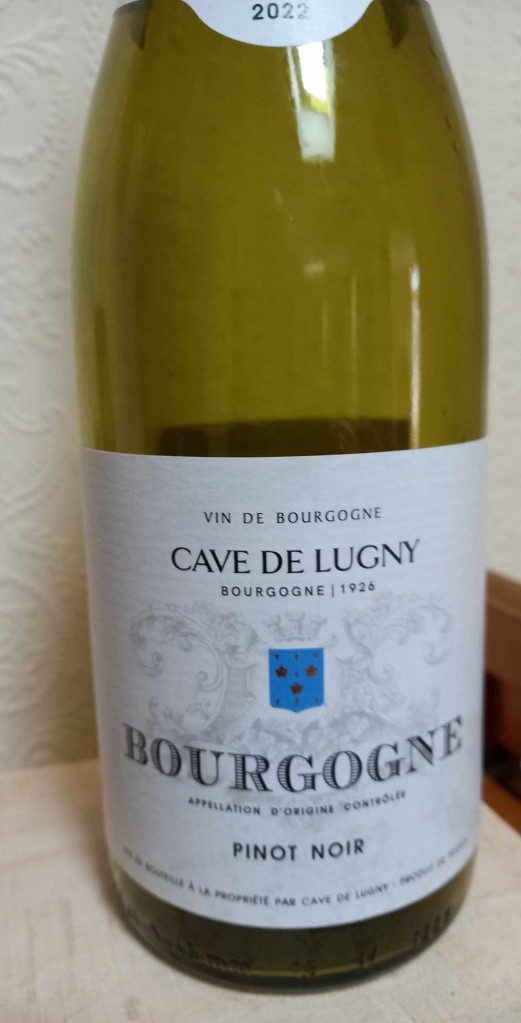As climate change continues to have an impact on our world, grape growers are having to rethink how they work. In many of the traditional areas, harvesting already takes place weeks earlier than it used to so as to avoid over-ripe grapes and excessively high alcohol levels. Elsewhere, producers are exploring new, cooler areas, either by planting at higher altitudes or in areas close to or beyond the 50° latitude lines where, historically, grapes would never ripen. England has been one beneficiary of this latter trend but there are many other examples as a recent tasting hosted by Ras of Corks of Cotham demonstrated.
“Wines from Higher Latitudes” explored wines from some of the most northerly and southerly commercial vineyards in the world. The evening began with a crisp, fresh traditional method rosé fizz from Nova Scotia in Canada (£25) followed by a juicy Bacchus blend from Woodchester Valley in the Cotswolds (£19). Lovers of New Zealand Sauvignon Blanc really should give this a try.
German Rieslings have long been under-appreciated but the extra sunshine and warmth of recent years has made them better balanced and even more enjoyable. A.J.Adam’s example from a vineyard overlooking a tributary of the Mosel was a delight with the grape’s natural acidity offset by just a touch of residual sugar; clean, aromatic and very drinkable. Definitely one of the wines of the evening (£19).
Grapes for red wines have always been more difficult to ripen than white so pushing the boundaries might have resulted in some thin, tart examples. Nothing of the sort! Francois Chidaine’s Touraine Rouge from France’s Loire Valley (18.50), a blend of Cot (aka Malbec), Cabernet Franc and Pineau d’Aunis was beautifully refreshing in the style of a good village Beaujolais with lovely red fruit flavours and a hint of sweet spice.
Bodega Aniello’s Merlot from Argentina (£19), was a real surprise. Not the sort of food-friendly chunky red I think of from Argentina but far more rounded and fresh, with flavours of red- and dried fruits and a long herby finish. One of the first wines I can recall tasting from the Patagonia region, way to the south of Mendoza and cooled by Antarctic currents.
Our final wine brought back happy memories of a visit we made to the most southerly wine region in the world a few years back: New Zealand’s Central Otago. We had tasted Wild Earth’s rich, black-fruited Pinot Noir then over a delicious lunch at the vineyard, so were happy to reacquaint ourselves with it rather closer to home (£30). It was as good as we remembered and a fitting end to a most interesting and enjoyable evening.











